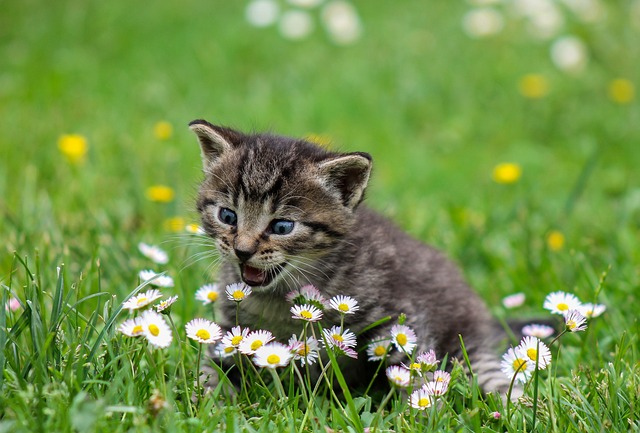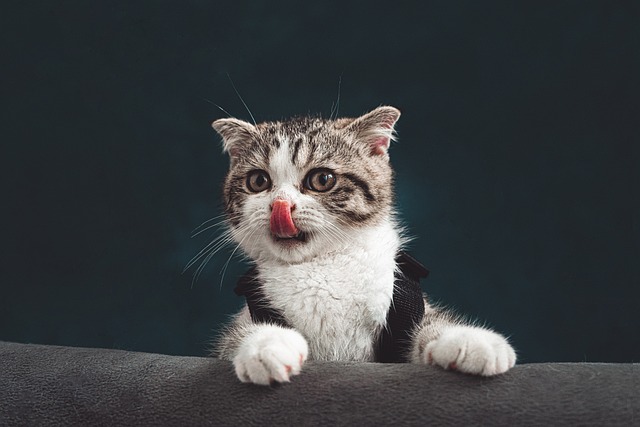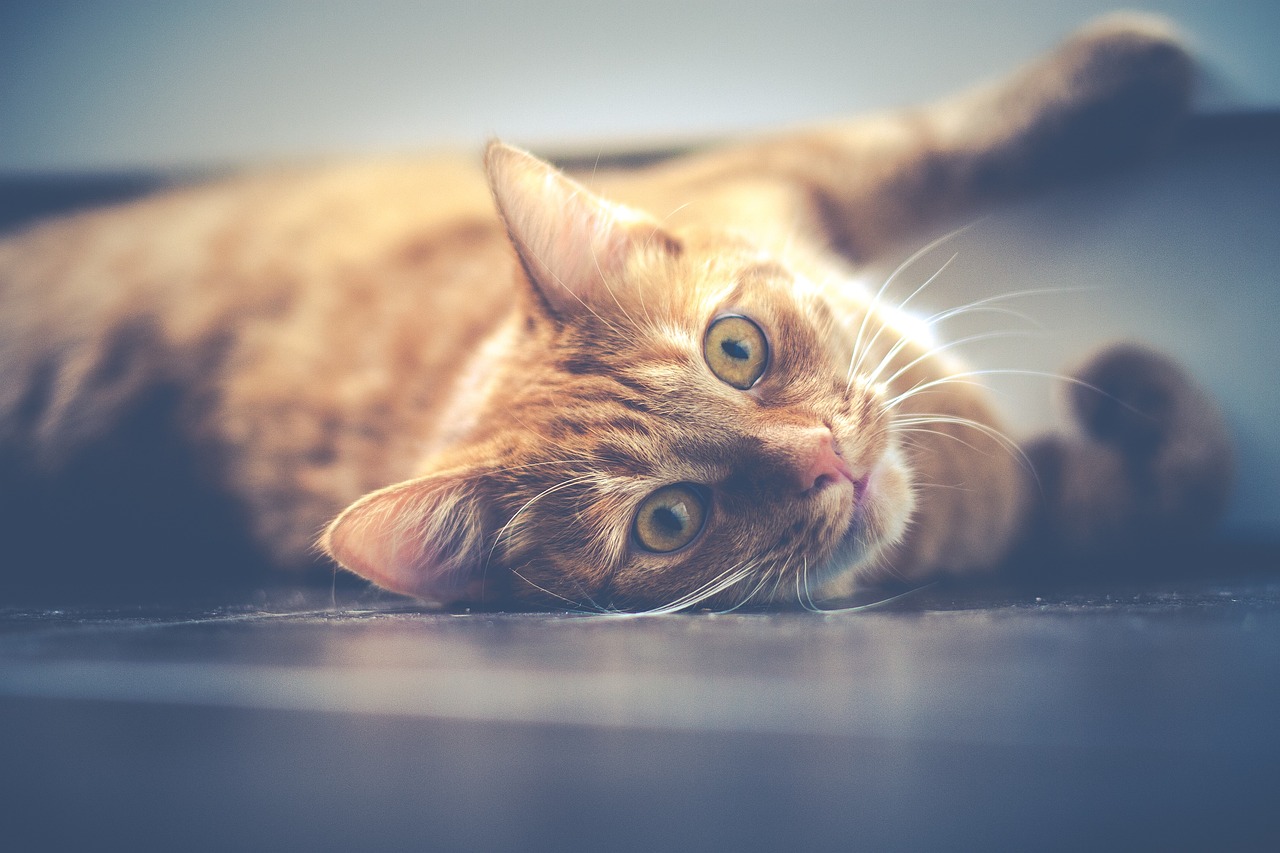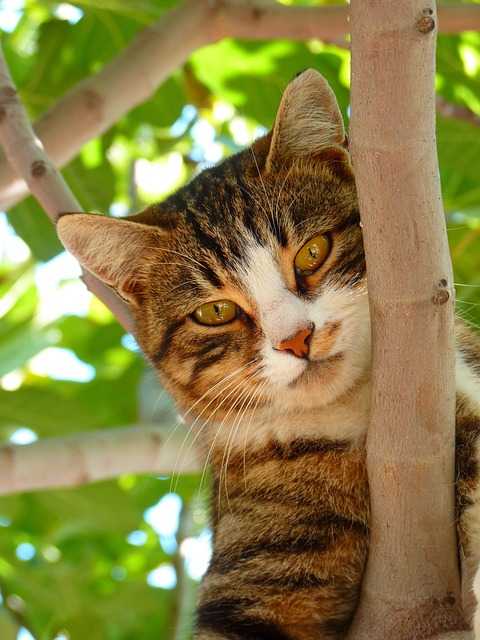Cats have intrigued and fascinated humans for centuries with their mysterious behavior and independent nature. There’s something captivating about these furry creatures that keeps us enthralled. To truly connect with our feline friends, it’s essential to understand their behavior and what it signifies. In this article, we’ll explore the enchanting world of cat behavior and unravel the reasons behind their curious antics.
Cats exhibit unique behaviors, each with its own meaning. From kneading to purring, these behaviors serve as their way of communicating with us and expressing their emotions. Let’s delve into some common cat behaviors and their significance.
Common cat behaviors and their meanings
- Kneading: Have you ever noticed your cat kneading on a soft blanket or your lap? This behavior is reminiscent of kittens, who knead their mother’s belly to stimulate milk flow. Even as adults, cats continue this behavior as a sign of comfort and contentment, showing affection and marking their territory.
- Purring: When your cat curls up next to you and starts purring, it’s a clear indication of relaxation and contentment. Purring not only signals happiness but also acts as a self-soothing mechanism for cats when they are stressed or in pain.
- Head rubbing: Cats have scent glands on their faces, and when they rub their heads against you, they are marking you as part of their territory. It’s a gesture of affection and trust, as they transfer their scent onto you. So, cherish the next time your cat rubs against your leg—it’s an honor!
- Chattering: Ever heard your cat make a strange chattering sound while gazing out the window at birds or squirrels? You’re witnessing their hunting instincts in action. Cats make this sound to mimic the clicking noise they would make while capturing prey, a sign of frustration and excitement as they long to chase after their elusive targets.
- Hissing and growling: When feeling threatened or cornered, cats may resort to hissing and growling as a defense mechanism. This behavior is a clear warning sign that they want to be left alone and respected.
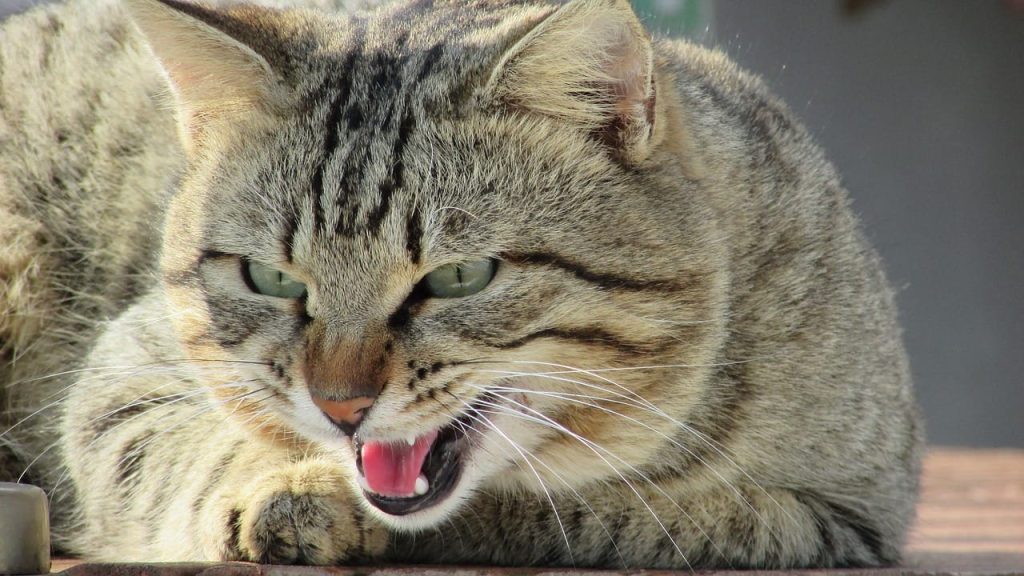
Understanding these common cat behaviors helps decipher what your feline friend is trying to communicate. Remember, each cat is unique, and their behaviors may vary. By observing and getting to know your cat’s individual quirks, you’ll be better equipped to understand their needs and provide a loving environment.
Cat body language and communication
Cats communicate through body language, even though they don’t speak our language. By paying attention to their posture, facial expressions, and tail movements, we can gain valuable insights into their emotions and intentions.
- Ears: The position of a cat’s ears can tell you a lot about their mood. Forward and slightly tilted ears indicate interest and alertness, while flattened or backward ears suggest fear or aggression.
- Eyes: Cats have expressive eyes conveying a wide range of emotions. Dilated pupils indicate excitement or fear, while constricted pupils suggest contentment and relaxation. Blinking slowly at your cat signifies trust and affection, mimicking their behavior when feeling safe.
- Tail: A cat’s tail serves as a barometer of their emotions. A relaxed, slightly curved tail indicates contentment, while a puffed-up tail signals fear or aggression. Pay attention to the speed and movement of their tail, as it indicates excitement or annoyance.
- Posture: The way a cat holds its body reveals its mood. A crouched position with the tail tucked between legs signifies fear or submission, while an arched back and raised fur along the spine indicate aggression or defensiveness.
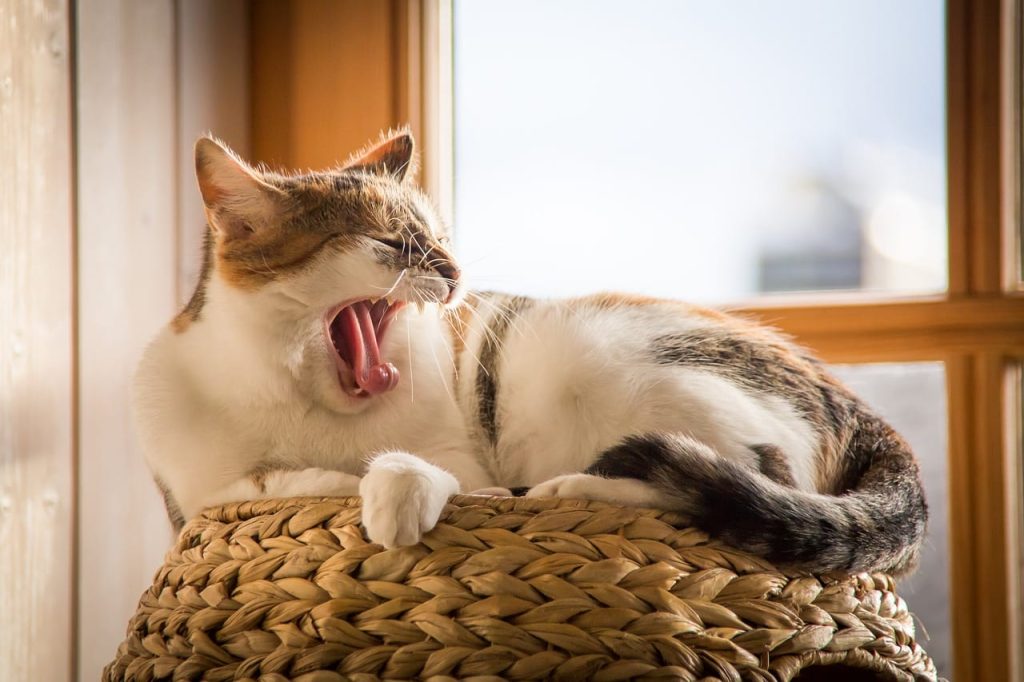
Understanding cat body language is crucial for building a strong bond with your furry companion. By responding appropriately to their subtle cues, you can create a safe and trusting environment for them to thrive.
Factors that influence cat behavior
arious factors influence cat behavior, including genetics, early experiences, environment, and health. Just like humans, cats have distinct personalities shaped by these factors. Understanding them helps provide a supportive environment conducive to their well-being.
- Genetics: Different cat breeds exhibit specific traits and behaviors inherited genetically. For instance, Siamese cats are known for their talkative nature, while Maine Coons are described as gentle giants.
- Early experiences: The first few weeks of a kitten’s life play a crucial role in shaping its behavior. Positive experiences, such as gentle handling and socialization, contribute to a well-adjusted adult cat. Conversely, negative experiences or lack of socialization may lead to fearfulness and aggression.
- Environmental factors: The living environment significantly impacts a cat’s behavior. Factors like living space size, hiding spots availability, and the presence of other pets influence their behavior. Providing a stimulating environment is vital for their mental and physical well-being.
- Health issues: Cats, like humans, can experience health problems affecting their behavior. Pain, illness, or discomfort can cause changes in appetite, sleeping patterns, and temperament. Regular monitoring of your cat’s health is crucial, seeking veterinary care if significant changes occur.

Understanding these factors helps comprehend why cats behave the way they do, enabling us to provide a nurturing environment supporting their overall well-being.
How to train and modify cat behavior
Contrary to popular belief, cats are trainable with the right approach and positive reinforcement. Techniques like positive reinforcement, clicker training, and redirecting unwanted behaviors can effectively modify cat behavior. Consistency, patience, and prioritizing the cat’s well-being are key to successful training.
- Positive Reinforcement: Cats respond best to positive reinforcement. This involves rewarding desired behaviors with treats, praise, or playtime. For instance, if you’re trying to teach your cat to use a scratching post instead of your furniture, reward them with treats or playtime whenever they use the post. This creates a positive association and encourages them to repeat the behavior.
- Clicker Training: Clicker training is a popular method used to train cats. It’s simple yet effective. You use a clicker device to mark the desired behavior, followed by a reward. For example, if you want your cat to sit on command, you would click the device when they perform the desired behavior, then give them a treat. This clear and consistent marker helps cats understand which behaviors are being rewarded.
- Redirecting Unwanted Behaviors: If your cat is engaging in unwanted behaviors like scratching the furniture or jumping on countertops, it’s important to redirect their attention to more appropriate activities. Provide them with alternative scratching posts or create vertical spaces where they can climb and explore. Offering enticing alternatives helps redirect their energy and prevents destructive behaviors.
- Consistency and Patience: Training a cat requires consistency and patience. It’s crucial to set clear boundaries and be consistent in enforcing them. Avoid punishing your cat for unwanted behaviors, as it can create fear and anxiety. Instead, focus on rewarding and reinforcing desired behaviors. Remember, training takes time, and each cat learns at their own pace.

Tips for dealing with specific cat behavior issues
A cat’s behavior provides valuable insights into their overall health. Monitoring changes in appetite, litter box habits, activity levels, and grooming habits can help detect underlying health issues early. Proactive veterinary care ensures your cat receives appropriate treatment and care, supporting their well-being.
- Aggression: If your cat displays aggressive behavior, it’s important to identify the underlying cause and address it accordingly. Aggression can stem from fear, territoriality, or frustration. Consulting with a veterinarian or a professional animal behaviorist can help you develop a behavior modification plan tailored to your cat’s needs.
- Spraying: Spraying, or marking territory with urine, is a common behavior in cats, particularly in unneutered males. Having your cat spayed or neutered can significantly reduce this behavior. Also, providing plenty of clean and easily accessible litter boxes can help discourage spraying.
- Excessive Meowing: Cats may meow excessively for various reasons, including hunger, attention-seeking, or boredom. If your cat’s meowing becomes bothersome, ruling out any underlying medical issues is important. Providing mental and physical stimulation, such as interactive toys and play sessions, can help redirect their energy and reduce excessive meowing.
- Litter Box Issues: If your cat is not using the litter box consistently, it’s essential to identify the underlying cause. It could be due to a medical issue, stress, or dislike of the litter type or location. Ensuring the litter box is clean, easily accessible, and located in a quiet area is crucial. Experimenting with different litter types can also help.
Dealing with cat behavior issues can be challenging, but with patience and understanding, most issues can be resolved. If you’re struggling to address a specific behavior problem, don’t hesitate to seek professional help. A veterinarian or animal behaviorist can provide guidance and develop a tailored behavior modification plan for your cat.
In conclusion, understanding cat behavior enriches our relationship with these fascinating creatures. By deciphering their behaviors, body language, and addressing their needs, we create a harmonious environment where cats thrive and flourish.
How to Understand the Meaning Behind Different Cat Sounds ?


